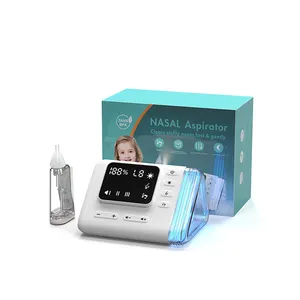
2024 Nieuwe Ontwerp Elektrische Krachtige 9 Niveaus Nasale Aspirator Oplaadbaar Met Licht Voor Baby Fabriek


Neusvlek Om Snurken Te Stoppen, Vermindert De Snurkstok Versterken Neusstrips Slapen Bevordert De Doorgang Van De Neus


Elaimei Pijnverlichting Vermindert Bloeden Snelle Genezing 100% Natuurlijke Reinigt Huisdier Wondverzorging Hond Wondspray
Klaar voor verzending

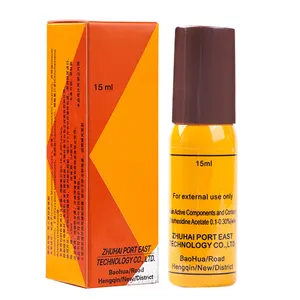
2024 Hot Selling Product Seks Delay Spray Seks Voor Mannen Mannen Extern Gebruik Anti Voortijdige Ejaculatie Duurt 60 Minuten



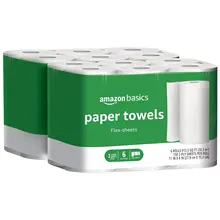
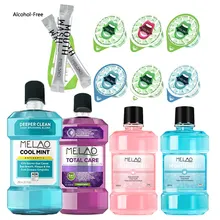




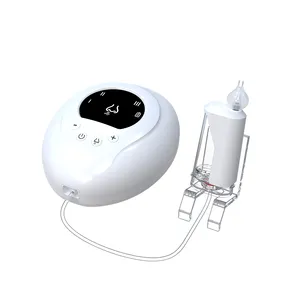


























 浙公网安备 33010002000092号
浙公网安备 33010002000092号 浙B2-20120091-4
浙B2-20120091-4